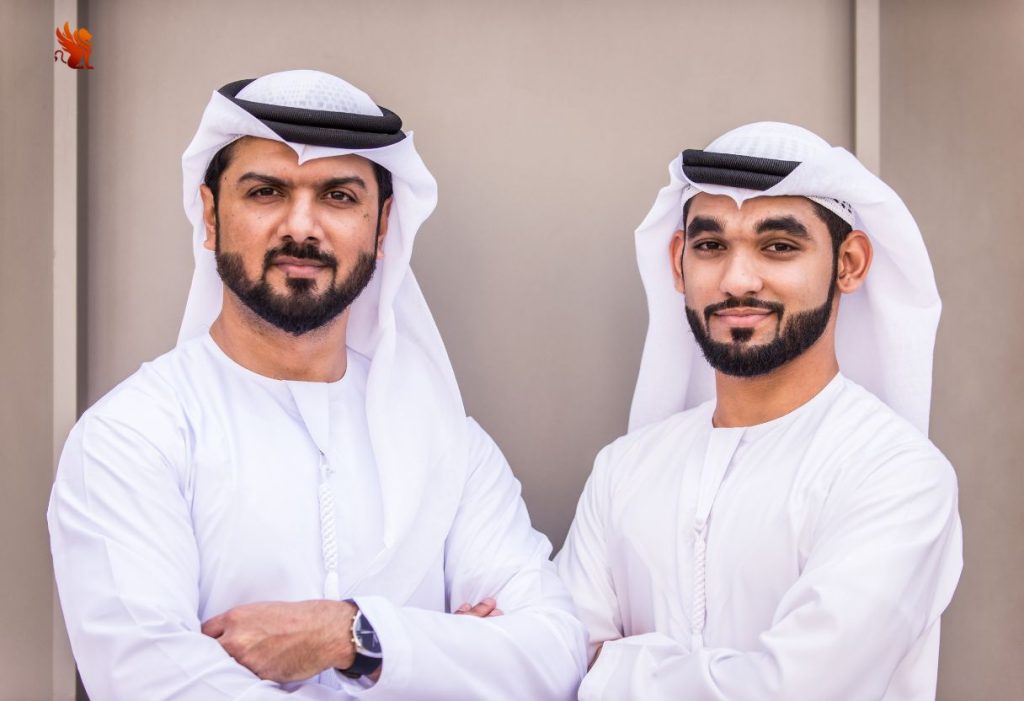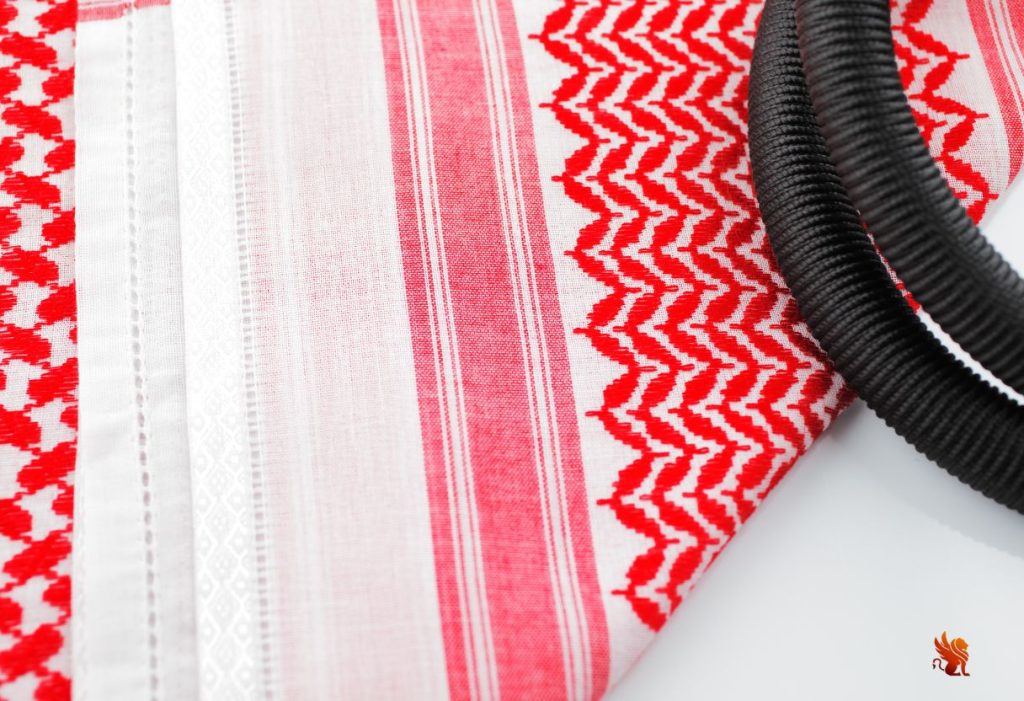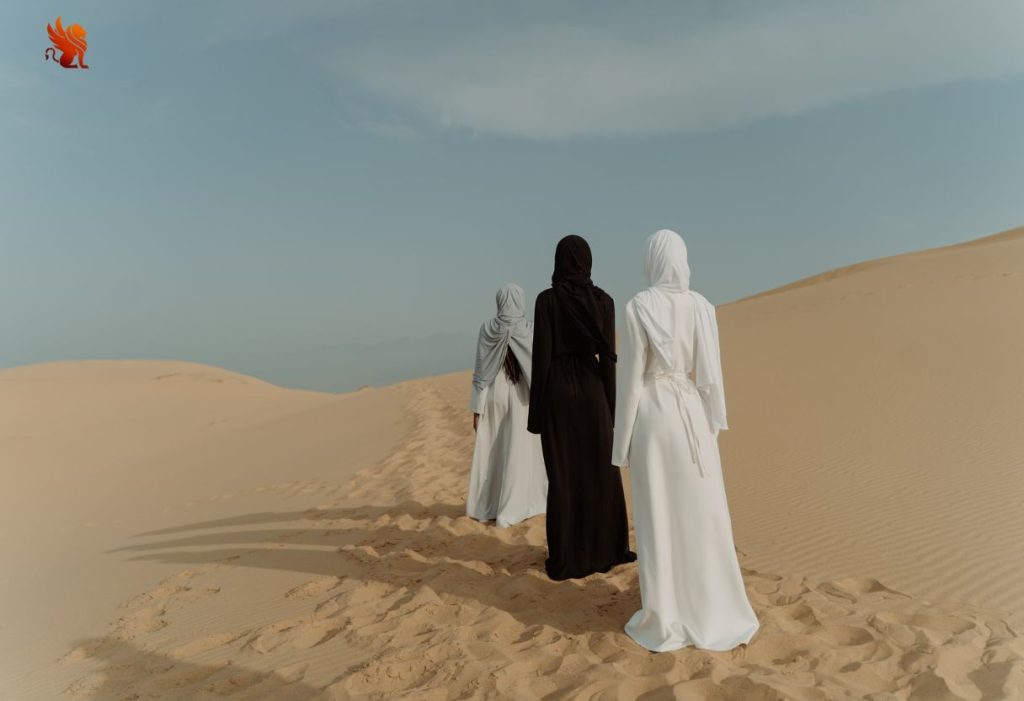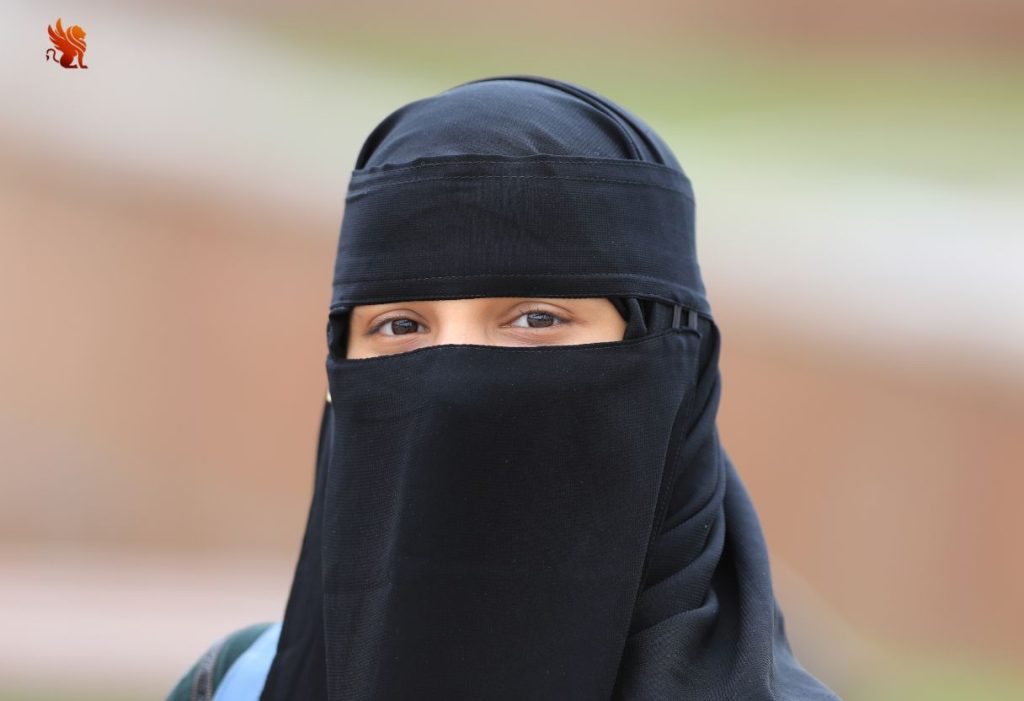The Symbolism Behind UAE's Timeless Traditional Clothing
Traditional dress in the UAE is, not just clothing, but a vivid reflection of Emirati culture, history and religious values. They are all the nation’s testament to respect for the modesty, desert heritage, and pride Emirati’s have in their roots. In the UAE men and women wear traditional attire, a strong link to the past, a part of its culture being cherished and celebrated in a world that greatly modernizes.
Cultural Importance in Emirati Traditional Dress
The traditional Emirati attire is an identity of its own, and also a mark of honor. The clothing has been designed to conform suit to the harsh desert climate, and reasonably the principles of modesty also preached in Islamic teachings. Despite similarities with the attire of the Arabian Peninsula, Emirati garments differ from other garments in cut, style and decoration. The adherence to tradition helps Emiratis carry their heritage while living in a world that cannot guarantee who is next to you.
Traditional Dress for UAE Men
The Kandura: A Pillar of Men’s Attire
An ankle length robe is the centerpiece of Emirati men’s traditional dress and also called the Kandura or Dishdasha. The Kandura, typically white to reflect sunlight and keep the wearer cool, is sometimes seen in other light colours, such as beige and grey, when the weather gets cooler. It is collarless in design and subtly embroidered, distinctly Emirati. Another distinctive feature of the Kandura, is the Al Farukhah, a twisted cloth ornament worn hanging from the neck.

Headwear: The Ghutra and Shemagh
A Ghutra (cotton square scarf) is often draped over the head by Emirati men. It also protects from the sun, and serves as a dust barrier. The Shemagh is a variation of the Ghutra, and is especially popular with younger men as it is red and white. They are both held in place by an Agal, a black cord that works to add beauty and function.
Their Ghutra is so versatile. It may be styled according to what type of social status you have, how is it occasioned, or even according to personal preference. It is also popular with youth who choose to tie the scarf to the head without the Agal.
The Agal: A Mark of Sophistication
In traditional Emirati dress, the Agal is a black cord used to secure the Gutra. It is primarily functional, with design changing by showing the wearer’s status or regional origins. Sometimes, perfumed, traditional Agals give an outfit a layer of sophistication.

The Bisht: A Garment of Prestige
But worn with the Kandura for special occasions, including weddings, religious gatherings and other formal occasions, is the sleeveless cloak called the Bisht. The Bisht is often an intricate gold or silver embroidery embroidered into black or beige that always symbolizes elegance and its importance. It had also historically been used in desert winters for warmth, but today it is primarily ceremonial.
Accessories and Footwear
Men may also wear a vest (Faneela) and waist wrap (Woozar) under their Kandura (additional comfort). The traditional outfit is completed with sandals, called Na-aal. Usually simple in design, Emirati clothing are minimalist in nature.
Women’s traditional dress in the UAE
The Abaya: The Symbol of Elegance and of Modesty
Flowing black capes to cover up virtually everything, the quintessential garment for Emirati women is the Abaya. It is worn over other clothing making sure to protect modesty all whilst letting personal style shine through via embroidered or beaded additions, etc. Abayas are lightweight, so perfect for the UAE’s hot climate.

Kaftans and Jalabiyas: Vibrant Indoor Attire
Emirati women, if they are at home, or between women, traditionally wear colorful, and often intricate, Kaftans or Jalabiyas. These outfits allow for the woman to portray there unique identity, commonly use at celebrations and community gatherings.
Headdresses: The Diverse Styles of Hijab
There are many different types of head coverings a woman can don that are all known as Hijab in the Emirati context. Common styles are the Shyla: a black scarf loosely draped about ones head and the Gishwah: a thin veil involving the face. There is also the Burqa, traditional face mask of the region, the other similar accessory, another symbol of cultural legacy.

The role of accessories in women’s traditional garment
Usually, Emirati women always wear a necklace consisting of gold jewelry, rings, bangles, and earrings. These are not just ornaments, rather they are often the family heirlooms and the value goes beyond useful (and sentimental!) just as much as logical.
Revealing the Cultural Origin of Emirati Attire
Traditional Emirati dress is both a functional dress in reflecting the nation’s cultural and religious values. For example, the loose – fitting designs, a comfortable choice in arid desert climate, and the modest style, conforming to Islamic principles. From the Kandura to the Abaya each one of these elements has a story of adaptation, resilience and pride.
Modern trends can have such an influence
Traditional attire is still very much a part of Emirati culture, yet is modern influences which have subtly influenced its evolution. A perfect example will be the contemporary Abayas, where youth ones are having style cuts and also have embellishments to them. For instance, men’s Kandura are a much larger variety of color, especially in winter.
An inside look on the traditions of Emirati
One of the best ways for visitors of UAE to enjoy rich traditions of the nation, it includes desert safaris. Many of these experiences include the chance to try your hand at sporting traditional Emirati clothing, eating traditional Emirati cuisine, and learning about Bedouin culture. These activities lend a more earnest understand of the clothes and its cultural meaning.
Heritage of Emirati Clothing Preservation
Despite ongoing rapid modernisation of the UAE, efforts to preserve traditional clothing are flourishing. On Emirati national day and other national celebrations, Emirati national put on their traditional attires with great honor. Additionally, in both teaching younger generations about the significance they need to place on their own cultural heritage, and in bringing attention to the efforts of Indigenous people in communities across the country, in bringing attention to the importance of negotiating recognizing those efforts and honoring how that cultural significance differentiates Indigenous people from other peoples.
Conclusion: A Timeless Legacy
UAE more than dress, is the dress than fabric and design it is a legacy of culture alive with pride and vigour. These garments are the values, traditions and history, of the Emirati people, for both men and women. With its unrestrained forward march, the UAE is never straying too far from its remembered folktale past represented by its traditional attires that help the nation to link to its traditional past and ensures that the nation’s identity is preserved for future generations.

